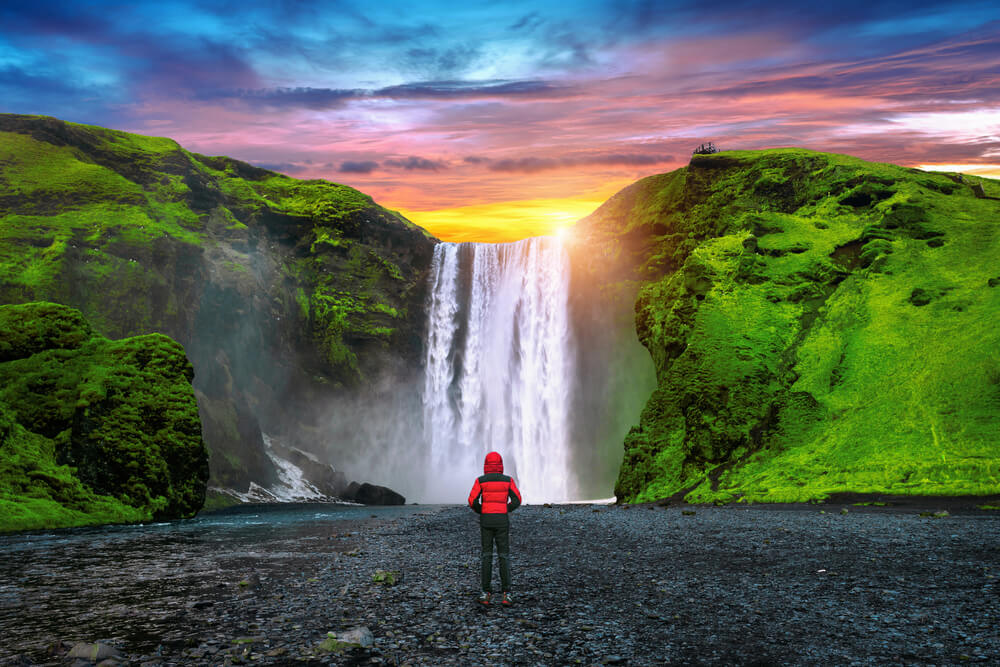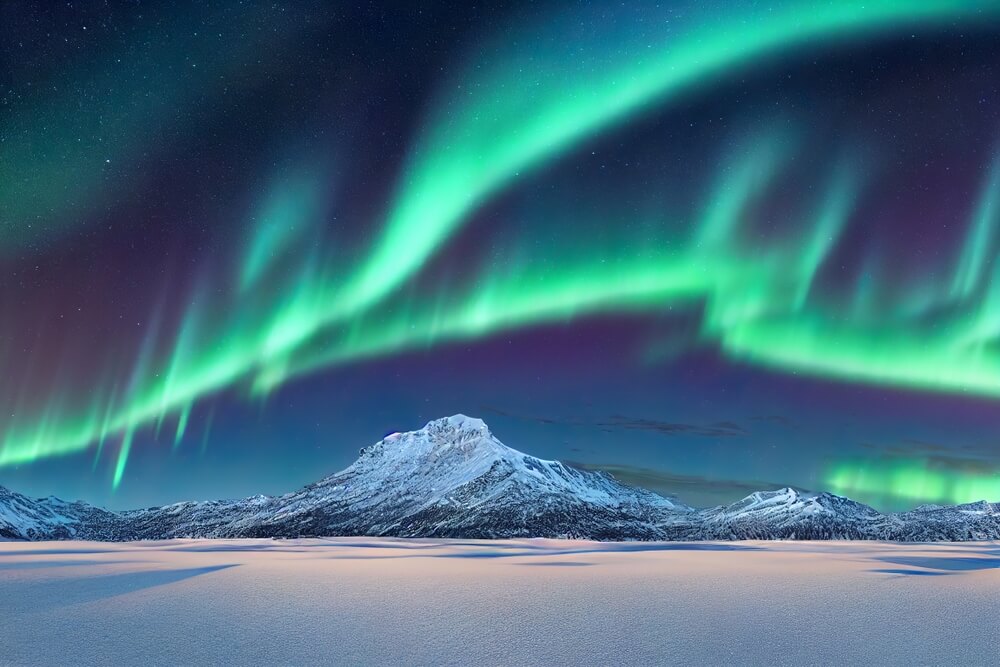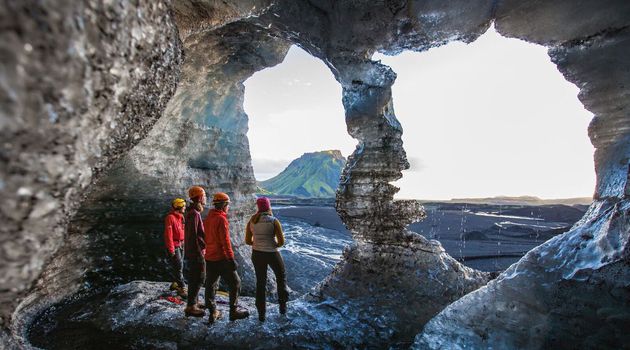If you’re planning a trip to Iceland or need to coordinate with someone there, you might wonder about the local time. Iceland operates on a unique time system that’s worth understanding before your visit. Here’s everything you need to know about time in Iceland, from its time zone to how daylight hours change throughout the year.
Iceland’s Time Zone

Year-Round GMT
Iceland follows Greenwich Mean Time (GMT) throughout the year, without adjusting for daylight saving time.
What This Means
- Iceland’s time remains consistent, making it easier to plan across seasons.
- Noon in Iceland is always noon GMT, whether it’s winter or summer.
Iceland follows Greenwich Mean Time (GMT) year-round, without observing daylight saving time. This means:
- Winter and Summer: Iceland’s time does not change with the seasons. When it’s noon in Iceland, it’s always noon GMT, whether it’s January or July.
- Difference from Other Regions: During the summer, Iceland is on the same time as London, but in the winter, it’s an hour behind as London shifts to GMT+1.
How Daylight Varies in Iceland

Summer’s Endless Days
From late May to late July, the Midnight Sun phenomenon means nearly 24 hours of daylight.
Tips for Summer Visitors
- Pack a sleep mask to adjust to the constant daylight.
- Take advantage of the long days for late-night hikes and sightseeing.
Winter’s Short Days
From November to January, daylight is limited to a few hours, with the darkest days in December.
Tips for Winter Visitors
- Plan activities around the limited daylight hours.
- Use the long nights to chase the Northern Lights.
While the clock remains the same, daylight in Iceland is anything but consistent. The country’s location near the Arctic Circle means dramatic shifts in daylight hours across seasons:
- Summer (Midnight Sun): From late May to late July, the sun barely sets, providing almost 24 hours of daylight. In June, you can experience the phenomenon of the Midnight Sun, where it stays light even at midnight.
- Winter (Polar Nights): From November to January, daylight is limited to just a few hours each day. In December, for example, the sun may rise around 11 AM and set by 3 PM.
Tip: Use these daylight variations to your advantage. Summer is perfect for extended outdoor adventures, while winter’s darkness is ideal for seeing the Northern Lights.
Checking the Time in Iceland

Tools for Staying Updated
Stay on track by using modern tools to check Iceland’s local time.
Recommended Tools
- Add Reykjavík to your phone’s world clock.
- Use websites like time.is for real-time updates.
To check the current time in Iceland:
- Use your phone or computer’s world clock feature by adding Reykjavík as a location.
- Websites like time.is provide real-time updates on Iceland’s current time.
Tip: If you’re scheduling calls or meetings, double-check time zone conversions, especially during daylight saving time changes in other countries.
Practical Tips for Managing Time in Iceland

Plan Your Schedule Around the Seasons
Adapt your itinerary to the unique daylight patterns.
Seasonal Scheduling Tips
- Summer: Use the endless daylight for extended adventures.
- Winter: Reserve indoor attractions for the darker hours.
Embrace Iceland’s Relaxed Culture
Many activities and services start later, especially in winter.
Additional Tips
- Be punctual for tours and reservations despite the laid-back vibe.
- Confirm opening hours for attractions ahead of time.
- Plan Around Daylight: If visiting in winter, plan activities during the limited daylight hours and save indoor attractions for the darker times. In summer, take advantage of the endless daylight to explore late into the evening.
- Adjust Your Schedule: Iceland’s relaxed culture often aligns with its unique daylight patterns. Restaurants, tours, and activities may start later in the morning during winter months.
- Be Punctual: While Iceland has a laid-back vibe, punctuality is appreciated, especially for tours and reservations.
Conclusion
Understanding Iceland’s time zone and dramatic daylight shifts will help you make the most of your visit. Whether you’re chasing the Midnight Sun or marveling at the Northern Lights, planning your activities around Iceland’s unique time system ensures a smoother, more enjoyable experience.





